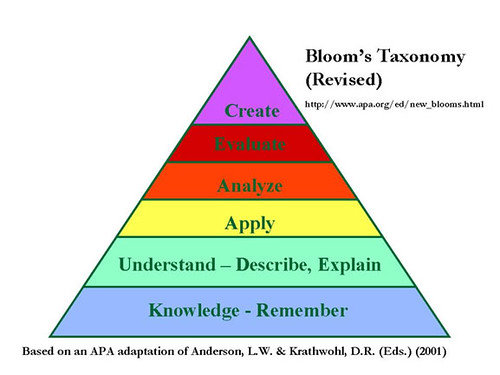Microsoft’s recent advertisement, “Airport – To the Cloud – Windows 7” closes with the tagline, “To Create and Share – Anywhere.” The activity in the 30 second spot, however, doesn’t have anything to do with CREATING digital content, it’s all about CONSUMING it via Slingbox-like functionality included in Windows7. The man and woman in the ad are thankful for an airport delay because it gives them a chance to access a recorded television show on their home computer, via a virtualization interface on their laptop.
A large percentage of excitement over “cloud computing” these days focuses on content consumption, not creation. AT&T personified this in their advertising campaign a few years ago, “Your World Delivered.” That tagline isn’t included in the AT&T ads I’ve seen lately, but it’s interesting Microsoft is using that idea (“Cloud computing on our platform means you get to ingest your digital content more places”) but calling it “creating and sharing.”
I definitely enjoy consuming digital content whenever and wherever I want, which is increasingly possible with mobile devices and high speed cellular connectivity. I’m also a big advocate for (and enjoyer of) content creation and sharing, however. Since I finished writing my first eBook this summer, “Playing with Media: simple ideas for powerful sharing,” my wife has often declared as she watches Netflix on our iPad, “Look honey! I’m playing with media!” Watching a pre-recorded movie or television program doesn’t qualify as “playing with media” in my book, however, and I don’t think it should qualify as “creating and sharing” for an advertising campaign for a company like Microsoft, either.
As we see, support, and use a wider variety of computing devices in our schools and homes, it would be interesting to study the amount of time we spend actually CREATING on these devices versus CONSUMING content. My own informal observations of my children indicate MOST of the time, we’re consuming. My 8th grade son has recently started playing Minecraft on my laptop, since the processor on his netbook isn’t nearly as fast, and that activity (while still a game) DOES seem to fit into the definition of “creating.” My girls, however, don’t seem to create much on the computer without encouragement from me… They’d rather watch something on Netflix or play a game.
The Kindle Fire appears to be a device 99% dedicated to content consumption. I’m guessing it will let users check and send email, but I don’t know about word processing or blogging. Are people really going to want to word process on a 7″ tablet device? I doubt it. At $200, however, I’m expecting the Kindle Fire to sell like hotcakes in advance of the December 2011 holiday shopping season. I’m even contemplating one for my wife, to update her “aging” 1st generation Kindle. (It still works great and she loves it, however, so there’s no guarantee we’ll do this.)
In our classrooms, as we see in the consumer electronics marketplace today, I think most teachers and students are FAR too focused on content CONSUMPTION rather than creation. Many of our classrooms are worksheet factories. What would many teachers do today if the copy machine was removed PERMANENTLY from the teacher workroom? Here’s the announcement the principal could read over the PA system:
Attention teachers. Starting today, a copy machine will not be available in the workroom. Our days of supporting a worksheet-driven learning culture at school are over. From now on, create your content digitally and encourage your students to do the same. Student digital portfolios should reflect student learning on a daily and weekly basis. No mass-copied notes will be sent home to parents anymore, all communication will be via in-person conversations, email, text messages and phone calls.
I know, the digital divide is real and not all parents have access to email. So this is a pipe dream. But perhaps it isn’t too far off for schools which have made the 1:1 computing plunge.
It’s worthwhile to consider how much we’re using digital tools for content CREATION versus CONSUMPTION. Left to their own devices, many students (and teachers) would likely choose consumption. Watching movies is far easier and less intellectually challenging than making a movie. Many of us are addicted to information flows on the web, and it’s far easier (in most cases) to sip from those rivers of information and contribute piecemeal (click a “like” button or write a 140 character comment) than make a more thoughtful and time-consuming digital creation.
Are educators in schools or academic researchers measuring this respective mix of content consumption versus content creation activities? I think that would be a worthwhile avenue of inquiry for research and evaluation.
H/T to Barb Darrow in her article for GigaOM, “iCloud snafus point to dark side of consumer cloud,” for linking to the Microsoft “Airport – To the Cloud – Windows 7” video.
Technorati Tags: academic, ad, advertising, cloud, computing, consume, content, create, microsoft, research, share, sharing, survey, video, youtube, creation, measure


